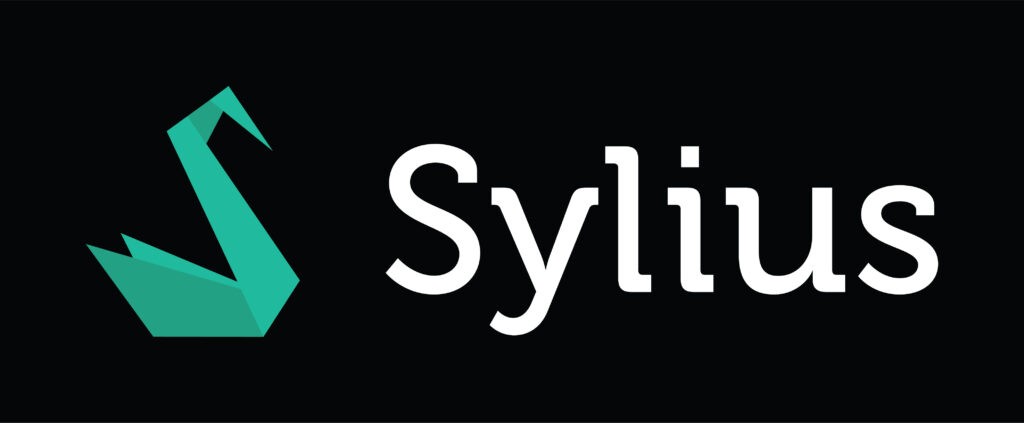




TRUSTED BY ENGINEERS AT
Unified Environment Management
Centralize the control of your environments with Bunnyshell's global view. Effortlessly manage, clone, and deactivate environments through a single, intuitive interface, enhancing efficiency and oversight across projects.
Read more
Templates and Service Catalog
Enables teams to deploy pre-configured applications and services quickly, ensuring consistency and speeding up the development process.
The easiest way to set up your environment is to start from a Bunnyshell template. We have a lot of great templates, check it out for inspiration.
See bunnyshell templates
Define Environments as Code
Bunnyshell leverages the concept of Environment-as-Code (EaC) to extend the principles of Infrastructure-as-Code (IaC), enabling not just infrastructure management but the entire production environment to be treated as code. This approach enhances DevOps efficiency by automating environment setup and management, ensuring consistency across development, staging, and production.
Learn more about the environment definition
Git Chat Ops for Ephemeral Environments
Bunnyshell's ephemeral environments revolutionize the way developers handle pull requests by automatically creating and managing temporary environments for testing new features or fixes. With these environments, Bunnyshell enhances workflow efficiency by posting operational statuses directly in pull request comments, including accessible URLs. Developers can easily manage these environments through simple Git commands to deploy, start, stop, or delete them, providing flexibility and control over the testing process from inception to completion.
Environment Drift Management
Bunnyshell's drift management feature notifies users when their environment configuration diverges from the updated template. This system allows for a thorough review of changes through a diff-editor, where users can adjust their environment's settings or acknowledge the changes without modification. This ensures environments remain aligned with the latest template versions, maintaining consistency and efficiency in deployment processes.
Cloud Costs Reporting
Bunnyshell's cloud cost reporting feature provides detailed insights into the expenses associated with your development and ephemeral environments. It allows for comprehensive cost analysis by enabling grouping and filtering based on various attributes such as project, environment, cluster, and more. Additionally, it offers comparative charts for visualizing spending over selectable periods against previous ones, enhancing your ability to monitor and optimize cloud costs effectively.
DORA Metrics
Named Engineering Metrics, this feature includes two main indicators, part of the DORA metrics: Average Cycle Time and Deployment Frequency. Based on these two, we also display these additional indicators like Monthly Cycle Time, Cycle Time Breakdown or Monthly Deployment Frequency.
Remote Development
Bunnyshell's remote development feature facilitates coding directly in the cloud by syncing local changes to a remote environment in real-time. This approach not only streamlines the development process but also ensures that all team members work within consistent, standardized environments, reducing the "works on my machine" problem and enhancing collaboration across distributed teams.
Bunnyshell provides an elegant interface together with a CLI tool, full API and GO SDK to interact with your environments.
Open source CLI
Integrate with any CI/CD: Github, Gitlab, Jenkins
Remote Development with any IDE
Go live in one day
Setting up is a matter of putting together what you already have and use in different places. And we're here to help.
Need to Know



































